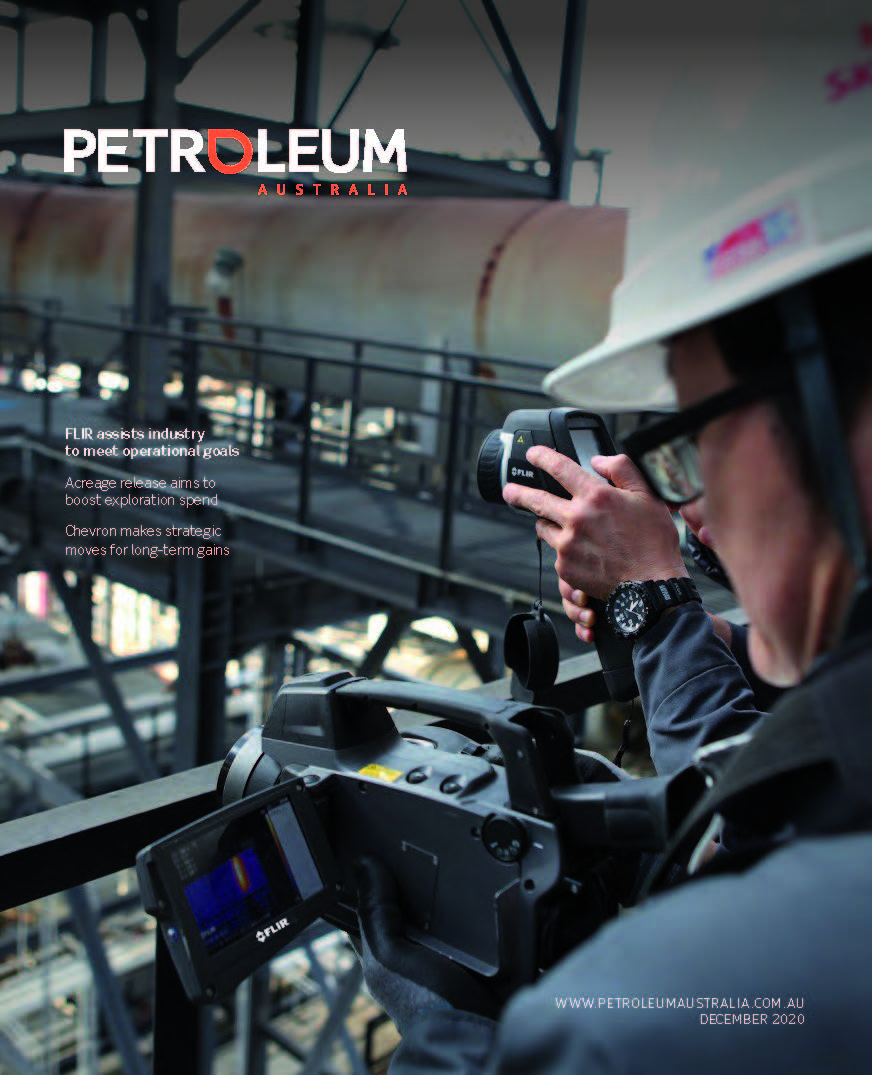

In Australia, wells are typically between 2,000 and 4,000 meters deep, but globally, wells beyond 10,000 meters are gradually becoming more common. These depths are demanding innovative measures to ensure the safety of operations in increasingly challenging production locations.
Wellbore Shielding Technology Prevents Instability Problems in Offshore Western Australia
Operators grappling with wellbore instability issues have sought to address them through a broad range of strategies. In conventional wellbore strengthening methods, for example, black powder and other lost circulation materials are added to the drilling fluid.
Another approach is so-called ‘stress caging’, in which fractures are created and then sealed using specific concentrations of bridging agents. However, these tactics are typically reactive and often costly, requiring extra rig time and the management of multiple additives in the drilling fluid formulation.
Increasingly, operators are seeking ways to confront project delaying wellbore instability problems before they occur. As this quest intensifies, an alternative, preventative approach—using Wellbore Shielding technology—was recently implemented for the first time in offshore Western Australia.
Wellbore Shielding technology is used in drilling fluids and spacer fluid systems where it generates a fast, effective seal, or ‘shield’, at the fluid-rock interface. This barrier against fluid and pressure invasion enables operators to successfully drill unstable, mechanically weak formations while mitigating losses. An important feature of this technology is its environmental compliance both in onshore and offshore environments. Wellbore Shielding technology has been used in producing fields around the globe, and most recently, in Australia.
